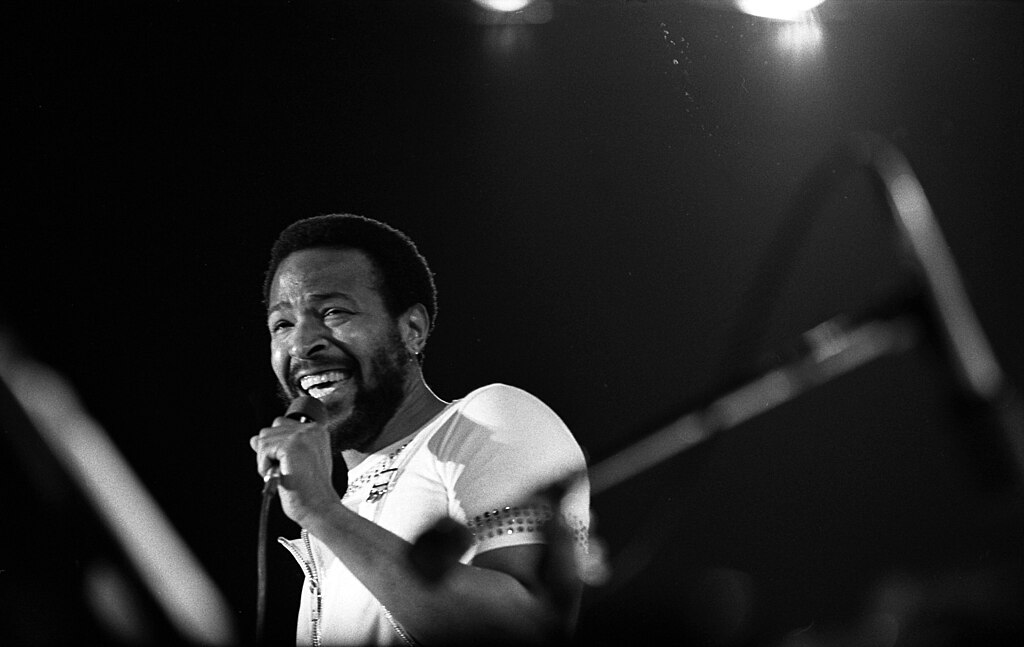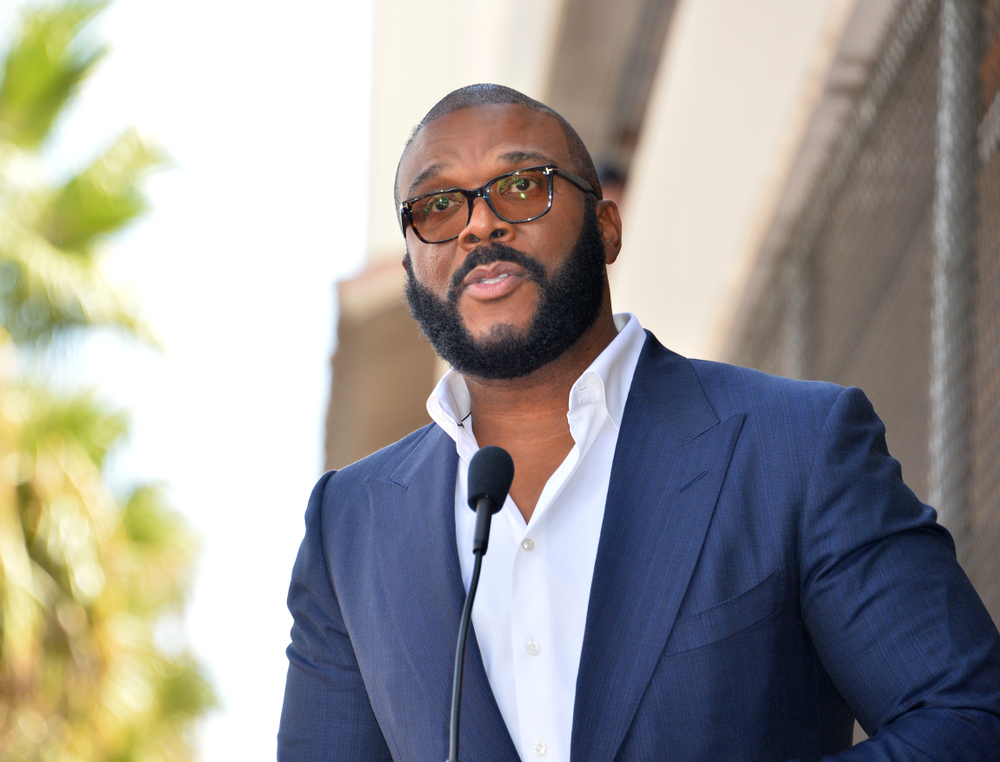This Day In History: April 2nd
The “Prince of Soul” and Motown legend, Marvin Gaye, began his rise to fame during the 1960s alongside the likes of Diana Ross and Tammi Terrell. Over the course of his career, Gaye has been behind chart-topping hits such as “What’s Going On” and “Let’s Get It On,” and he used his voice to address political issues of the period.
He was born Marvin Pentz Gay Jr. in Washington, D.C., on April 2, 1939. Gaye was raised by his father who led their neighborhood church as a minister. Like other artists before him, his first exposure to music was from church influences but he later developed an interest in R&B. By the end of the 1950s, Gaye joined The New Moonglows and impressed the group’s leader, Harvey Fuqua.
Fuqua and Gaye caught the attention of Motown Records creator, Berry Gordy, and were signed to a deal. Gaye spent his early years working behind the scenes at Motown as a drummer during sessions for artists such as The Supremes and Stevie Wonder. However, he scored his first solo success with the 1962 single, “Hitch Hike.”
Gaye continued to prove himself as an artist over the decade. He also performed with Tammi Terrell for years and the duo became another Motown success. They shared the stage together until Terrell’s death from a brain tumor in 1970. Her death triggered a dark period for Gaye and he vowed not to partner with any other female talents.
After Terrell’s death, Gaye was hesitant to perform again but he channeled his feelings into the politically charged single, “What’s Going On” and the following year he turned the song into an album. The song provided an additional boost to his career and allowed him to do more tours and collaborations.
From his debut to the 1980s, Gaye released albums including Together (1964) with Mary Wells, How Sweet It Is to Be Loved by You (1965), In the Groove (1968), Trouble Man (1972), Here, My Dear (1978) and In Our Lifetime (1981). His final album, Midnight Love (1982), included another one of his hit songs, “Sexual Healing,” and earned him his first two Grammy Awards.
Although Gaye found success in music, he battled with internal struggles like depression and substance abuse which played a role in him moving back in with his father. The dynamic between the two men would result in conflict or altercations, but on one April night, the incident turned deadly and ended in the singer’s demise.
Marvin Gaye was shot and killed by his father on April 1, 1984. He was posthumously inducted into the Rock and Roll Hall of Fame three years after his death.








